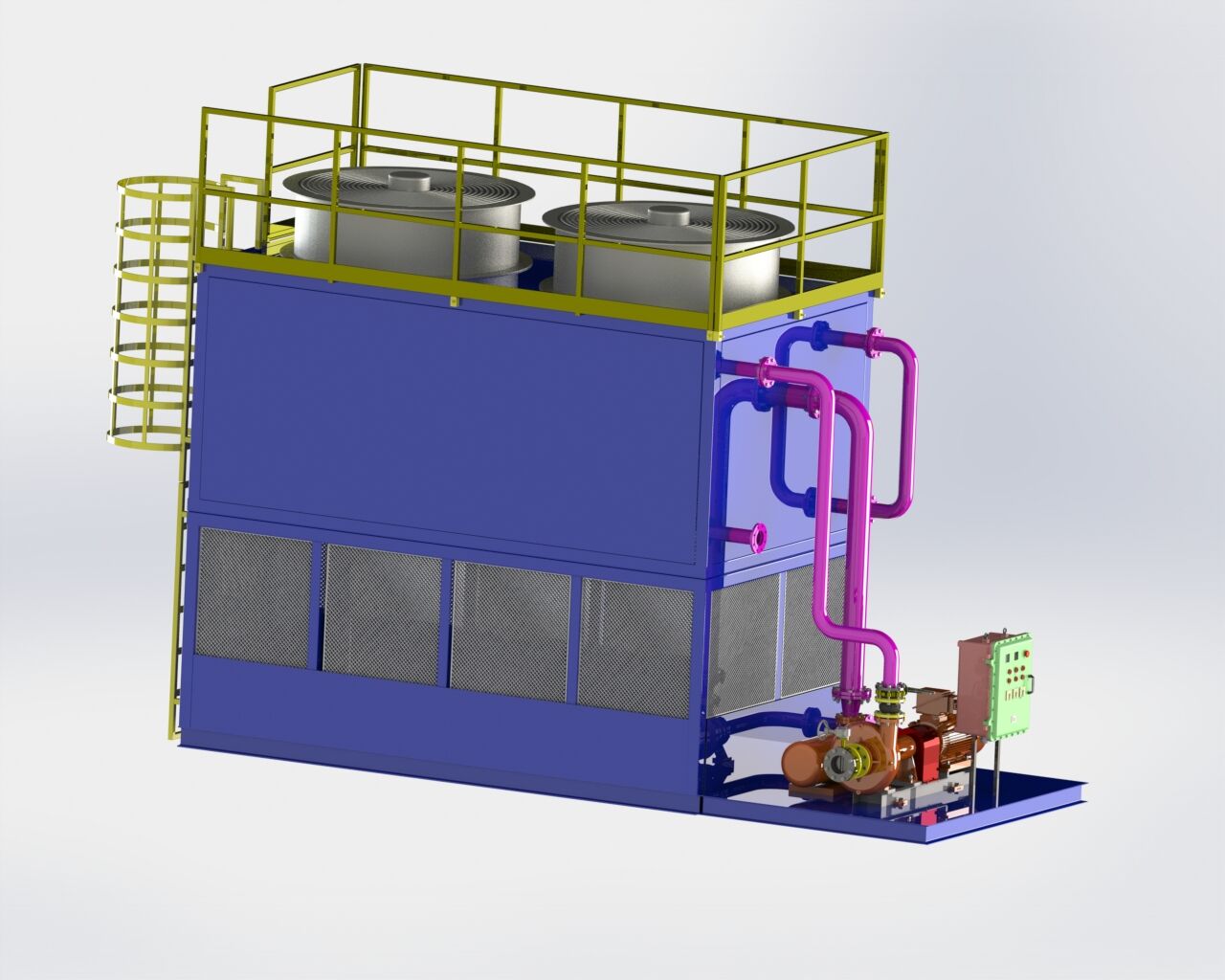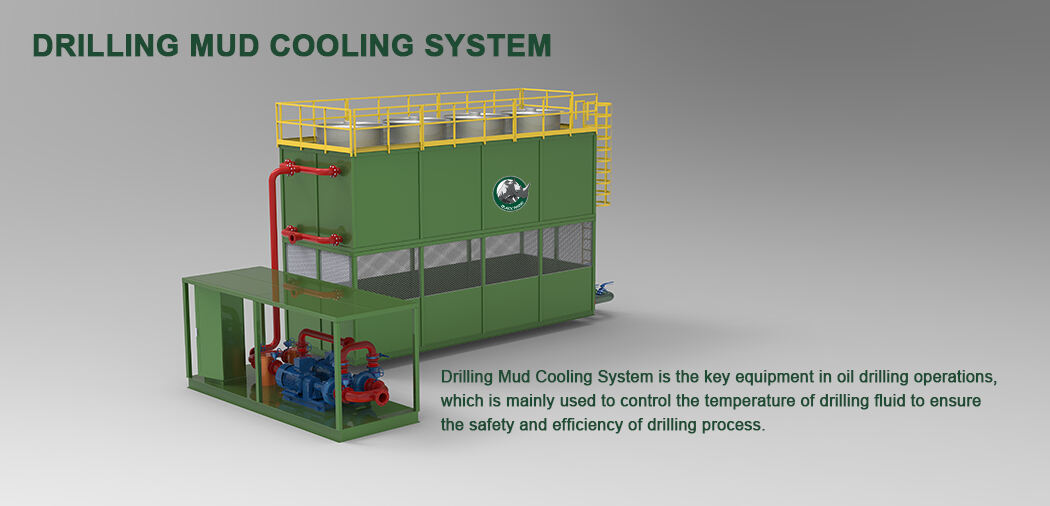Clean-in-Place Technology for Industrial Efficiency
In modern industries where hygiene, safety, and operational efficiency are paramount, the adoption of advanced cleaning technologies has become critical. Automated tank cleaning equipment offers a significant leap in performance and safety, especially in industries such as oil and gas, chemical processing, food and beverage, and pharmaceuticals. These systems not only reduce manual labor but also ensure consistent and thorough cleaning, helping companies maintain operational excellence.
Increased Safety and Reduced Human Exposure
Eliminating the Need for Manual Entry
Manual tank cleaning often involves workers entering confined spaces, which poses significant safety risks including exposure to toxic residues, oxygen-deficient environments, and mechanical hazards. Automated tank cleaning equipment eliminates this necessity by using programmable cleaning nozzles, robotic arms, and rotating jets that can effectively clean internal surfaces without human entry. This approach minimizes injuries, improves compliance with occupational safety standards, and reduces insurance costs.
Minimizing Exposure to Hazardous Materials
In industries dealing with corrosive chemicals, hydrocarbons, or biological waste, human exposure can be life-threatening. Tank cleaning equipment provides a sealed and automated cleaning process that contains dangerous vapors and liquids. This not only protects employees but also ensures regulatory compliance with health and environmental standards, promoting a safer and more sustainable workplace.
Enhanced Cleaning Efficiency and Consistency
Precision Cleaning with High-Pressure Jets
Automated systems use high-pressure jets that can be precisely adjusted for different tank geometries and residue types. The consistent pressure and pattern eliminate blind spots and ensure that every inch of the tank interior is cleaned thoroughly. This repeatability is difficult to achieve with manual cleaning and greatly enhances cleaning quality.
Consistent Cleaning Schedules and Results
With automated scheduling and remote control, tank cleaning equipment can perform routine cleanings without delays or missed maintenance. Sensors and programmable logic controllers (PLCs) ensure that the equipment operates at optimal parameters, guaranteeing reliable performance every cycle. This consistency improves production uptime and reduces product contamination risks.
Cost Savings and Operational Benefits
Reduced Downtime and Faster Turnaround
Manual tank cleaning can require extended shutdowns for safety setup, entry, and cleanup. Automated tank cleaning equipment drastically reduces this downtime by accelerating the cleaning cycle and eliminating setup for human entry. As a result, production resumes faster, improving asset utilization and profitability.
Lower Labor and Maintenance Costs
Hiring specialized cleaning crews and providing them with safety training and gear is costly. Automated systems reduce the need for extensive labor, allowing operators to focus on system monitoring instead. Moreover, automated equipment often requires less maintenance due to its self-cleaning features and robust construction, offering long-term cost efficiency.

Environmental and Regulatory Compliance
Efficient Water and Chemical Use
Advanced tank cleaning equipment is designed to optimize the use of water, detergents, and cleaning solvents. By targeting only the necessary surfaces with controlled spray angles and flow rates, these systems prevent overuse and waste. This efficiency not only conserves resources but also lowers the environmental footprint of cleaning operations.
Supporting Regulatory and Audit Requirements
Automated cleaning systems often come with digital record-keeping, including data logs of cleaning cycles, pressure levels, and chemical usage. This documentation helps facilities pass inspections and audits with ease, demonstrating adherence to industry-specific regulations such as those set by OSHA, FDA, or EPA. Compliance becomes more manageable and transparent.
Versatility Across Industries
Application in Food and Beverage Processing
Food-grade tank cleaning equipment ensures sanitary conditions for storage tanks used in dairy, brewing, juice production, and more. Systems can be sanitized with steam or chemical agents and meet strict hygiene standards. The repeatable cleaning process ensures that residues are eliminated between batches, preventing cross-contamination.
Use in Petrochemical and Oil Industries
Tanks in the oil and gas sector often contain viscous, flammable, or hazardous materials. Automated systems can be designed to withstand these conditions, using explosion-proof motors and corrosion-resistant materials. Tank cleaning equipment in this industry helps reduce the risk of accidents, enhances asset longevity, and ensures cleaning even in the most challenging environments.
Technological Advancements in Tank Cleaning Systems
Integration with Control and Monitoring Systems
Modern systems are integrated with SCADA or PLC interfaces, enabling real-time monitoring, control, and diagnostics. Operators can remotely start, stop, or adjust the system, monitor performance, and receive alerts in case of anomalies. This integration streamlines operations and enhances reliability.
Smart Nozzle and Spray Ball Design
Innovations in nozzle technology have improved spray coverage and cleaning intensity. Rotating jet heads, 3D spray balls, and oscillating nozzles are capable of delivering powerful and targeted cleaning patterns. These features make tank cleaning equipment adaptable to a wide range of tank sizes, shapes, and residue challenges.
Long-Term Return on Investment
Durability and Equipment Longevity
Tank cleaning equipment is built with high-grade materials such as stainless steel or specialized polymers to withstand harsh operating conditions. Their longevity means fewer replacements and repairs, translating into significant savings over time. Investing in durable systems also reduces the risk of unexpected failures.
Operational Data for Process Optimization
Many systems offer data capture capabilities that allow analysis of cleaning time, fluid usage, and energy consumption. By studying this data, companies can fine-tune their operations, reduce waste, and improve system efficiency. Data-driven decisions lead to continuous improvement and cost savings.
Selecting the Right System for Your Application
Assessing Tank Size, Shape, and Contents
Choosing the right tank cleaning equipment begins with understanding the specific requirements of your operation. Factors such as tank dimensions, the nature of residues, and cleaning frequency play a vital role. A mismatch between tank type and cleaning system can result in poor performance or equipment damage.
Comparing Available Technologies and Features
From static spray balls to fully robotic arms, tank cleaning equipment comes in various configurations. Consider ease of installation, automation capabilities, cleaning cycle time, and compatibility with cleaning agents. The right choice balances performance, cost, and ease of maintenance, ensuring long-term satisfaction.
Training and Support Services
Importance of Operator Training
Although automated systems reduce manual effort, operators must understand how to program, monitor, and maintain them. Comprehensive training programs enhance user confidence and ensure the system runs at its best. Well-trained personnel can also identify early signs of wear or malfunction.
Ongoing Technical Support and Spare Parts Availability
Reliable support from the equipment provider ensures that your tank cleaning system remains functional and efficient. Quick access to replacement parts and technical assistance minimizes downtime. Choosing a supplier with a strong service network guarantees long-term peace of mind.
Integration with Other Plant Systems
Synchronizing with CIP (Clean-In-Place) Systems
Tank cleaning equipment can be integrated into a plant’s broader CIP system, enabling automated cleaning of all processing components in a single cycle. This approach reduces the need for disassembly, shortens downtime, and increases cleaning reliability across the plant.
Incorporating IoT and Automation Technologies
IoT-enabled sensors, predictive maintenance tools, and cloud-based control systems add a new layer of intelligence to tank cleaning equipment. With these technologies, maintenance schedules become predictive rather than reactive, improving overall plant efficiency.
FAQ
What industries benefit most from using automated tank cleaning equipment?
Industries such as food and beverage, pharmaceuticals, petrochemicals, and wastewater treatment benefit significantly due to their strict hygiene and safety requirements.
How do automated systems improve worker safety?
By removing the need for confined space entry, automated tank cleaning equipment protects workers from hazardous substances and dangerous conditions inside tanks.
Are these systems environmentally friendly?
Yes, modern systems are designed to minimize water and chemical usage, reducing environmental impact while ensuring effective cleaning.
How often should automated tank cleaning equipment be maintained?
Routine maintenance schedules depend on the usage frequency and the type of residues involved. Most systems require periodic inspections, lubrication, and calibration to maintain peak performance.
Table of Contents
- Clean-in-Place Technology for Industrial Efficiency
- Increased Safety and Reduced Human Exposure
- Enhanced Cleaning Efficiency and Consistency
- Cost Savings and Operational Benefits
- Environmental and Regulatory Compliance
- Versatility Across Industries
- Technological Advancements in Tank Cleaning Systems
- Long-Term Return on Investment
- Selecting the Right System for Your Application
- Training and Support Services
- Integration with Other Plant Systems
- FAQ

